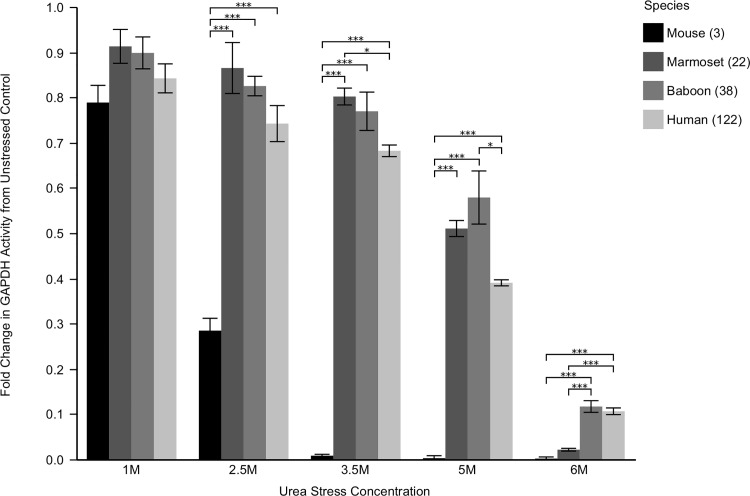Fig 2. GAPDH Activity with Increasing Urea Stress in Mammals.
Lysates from each species were pre-stressed for twenty minutes in the noted urea concentrations. Glyceraldehyde 3-phosphate was then added, and the activity of endogenous GAPDH was monitored as ΔA340/minute, corresponding to the reduction of NAD+ to NADH. Data is reported as the fold change from unstressed activity. Differences among species were assessed by two way analysis of variance indicating a significant main effect of species (F3,60 = 222.5, p < 0.0001) stress (F4,60 = 429.9, p < 0.0001), as well as the interaction between species and stress (F12,60 = 26.1, p < 0.0001). Long-lived species maintain GAPDH function at all doses tested, while shorter-lived species were dramatically compromised. Asterisks indicate significant individual differences as assessed post hoc with Tukey's HSD, p < 0.05 (*), 0.001 (**), and 0.0001(***), respectively. Numbers in parenthesis are maximum species longevity in years.

